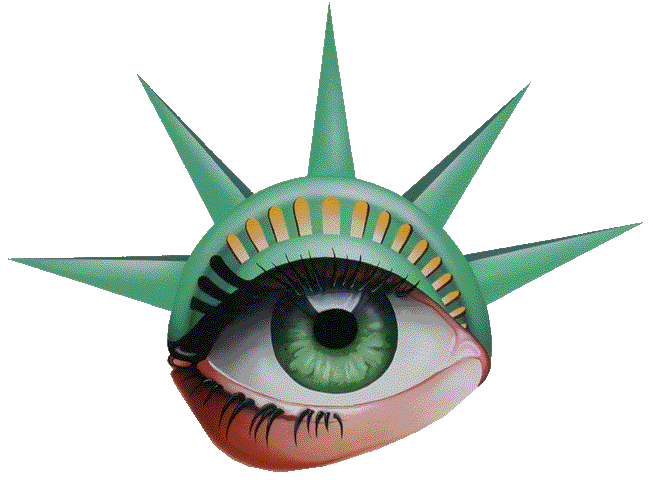Glasses, more formally known as eyeglasses or spectacles, are devices consisting of glass or hard plastic lenses mounted in a frame that holds them in front of a person’s eyes. They are typically used for vision correction or eye protection. Understanding the anatomy of glasses is crucial not only for those who wear them but also for anyone involved in their design and production. This post delves deeply into the various components that make up glasses, offering a comprehensive understanding of each part.
Frame
The frame serves as the backbone of a pair of glasses. It holds the lenses in place and helps to balance the glasses on your face.
Materials
Frames are made from a variety of materials including metal, plastic, or a combination of both. Each material offers different benefits, such as durability, lightness, and hypoallergenic properties.
Styles
Frames come in numerous styles such as full-rim, half-rim, and rimless. Each style affects not only the aesthetics but also the function of the glasses.
Lenses
Lenses are the heart of the glasses. They are crafted to correct refractive errors by focusing light correctly onto the retina.
Types of Lenses
- Single Vision Lenses: These are the most common type, designed to correct a single vision condition.
- Bifocal Lenses: These contain two different optical powers to correct vision for both near and far distances.
- Progressive Lenses: An advanced type of multifocal lens that offers a gradual change in lens strength for all distances.
Lens Coatings
Various coatings can be applied to lenses for extra features such as anti-reflective, scratch-resistant, and UV protection.
Nose Pads
Nose pads are small plastic pieces that help to distribute the weight of the glasses across the bridge of the nose. They can be adjusted for comfort and proper fit.
Temples
Temples extend from the sides of the frame to your ears. They help to keep the glasses in place.
Temple Tips
The ends of the temples have temple tips, which are often padded to provide extra comfort behind the ears.
Hinges
Hinges connect the temples to the frame front and allow the temples to fold inward. They can be spring-loaded to provide more flexibility and a better fit.
Anatomy of Glasses
| Component | Function | Description | Material Options |
|---|---|---|---|
| Frame | Holds lenses and rests on the face | Can be full-rim, half-rim, or rimless | Metal, Plastic, Composite |
| Lenses | Corrects vision | Can be single vision, bifocal, or progressive | Glass, Plastic |
| Nose Pads | Distributes weight across the nose | Adjustable for comfort | Silicone, Plastic |
| Temples | Holds glasses in place | Extend to the ears with tips for comfort | Metal, Plastic |
| Hinges | Connects temples to frame | Allows for folding and durability | Metal, Plastic |
| Coatings | Enhances lens functionality | Includes anti-reflective, UV protection, and scratch-resistant | Applied to lenses |
Frequently Asked Questions
What materials are best for glasses frames?
Metal frames are durable and offer a classic look, while plastic frames are lightweight and come in various colors and styles. Your choice depends on personal preference, skin sensitivity, and lifestyle.
How do I choose the right lens coating?
Consider your daily activities and needs. For example, anti-reflective coatings are ideal for reducing eye strain from computer screens, while UV coatings are essential for protection against harmful sun rays.
Can the nose pads on glasses be adjusted for better comfort?
Yes, nose pads can be adjusted. Most optical shops can perform this adjustment to ensure your glasses fit comfortably without sliding.
How often should I replace my glasses?
It depends on changes in your vision and the condition of your glasses. It’s recommended to have an eye exam every one to two years, or as directed by your eye care professional. If your prescription changes or your frames are damaged, it’s time for a replacement.
Conclusion
Understanding the anatomy of glasses is key to selecting the right pair for your needs. Whether you are looking for style, comfort, or optimal vision correction, knowing about the different parts of glasses can greatly assist in making an informed decision. For further guidance and professional advice on choosing the right glasses, contact us at Liberty Laser Eye Center located in the Washington DC Metro area. Our team is dedicated to providing quality eye care and helping you achieve the best possible vision. Explore our resources on Lasik surgery success rates, nearsightedness vs. farsightedness, and astigmatism to learn more about how we can support your eye health. We look forward to serving you and addressing all your optical needs!

